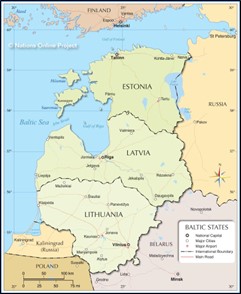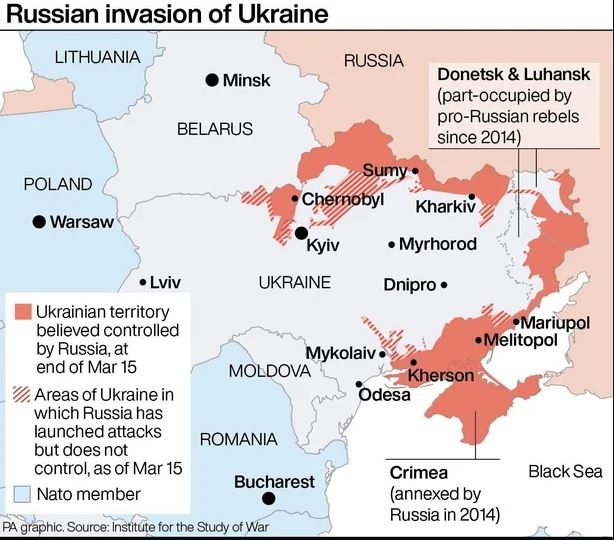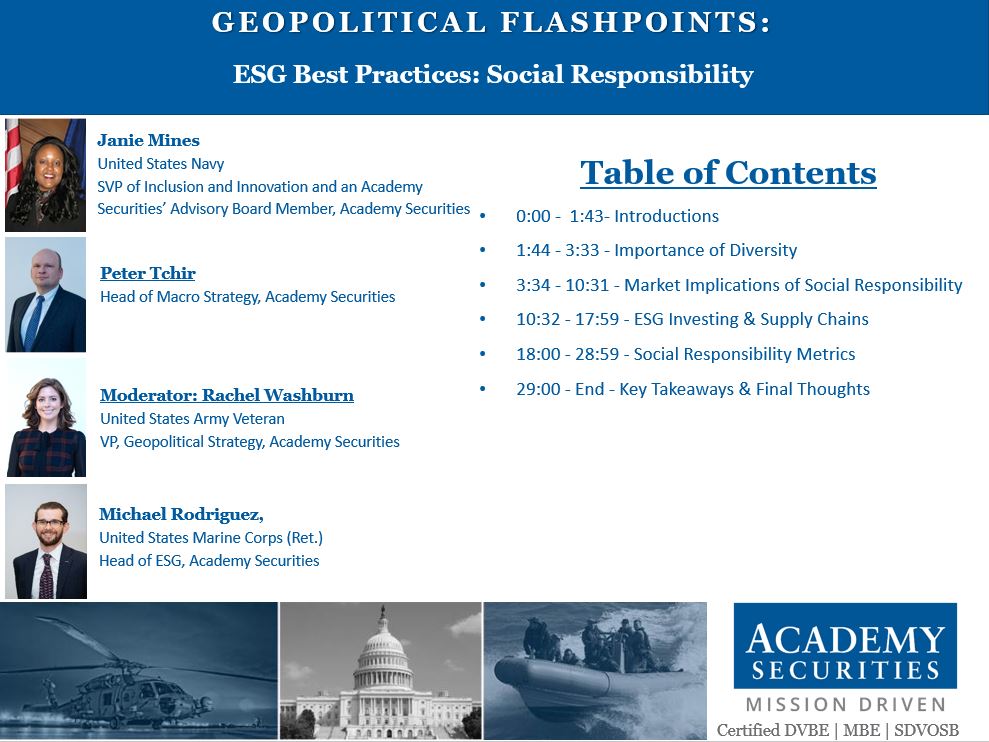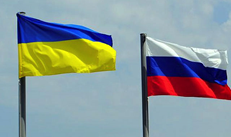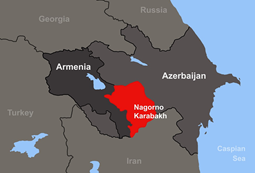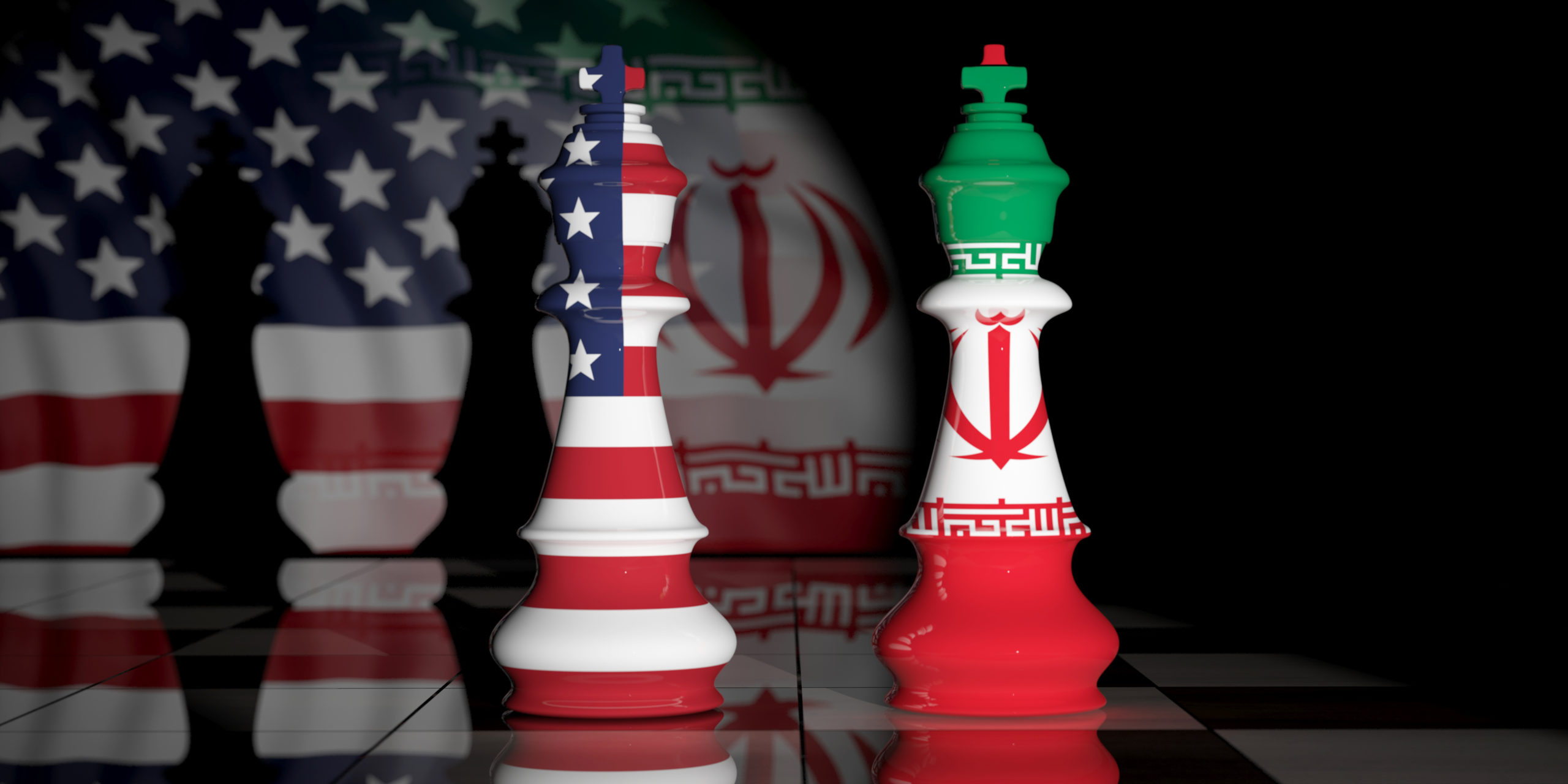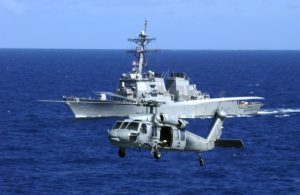It’s fair to say that the situation on the Korean peninsula will not become a “back burner” issue as we move into 2018. In fact, we should not want to wish this challenge away. There is too much at risk, like a nuclear conflagration or a conventional war on the peninsula. As we approach this administration’s first anniversary, it appears America’s first diplomat, Secretary of State Rex Tillerson, may be on his way out. That alone does not make the drumbeat of war any louder, but it certainly can distract from what is a formidable dilemma.
My West Texas mother reminded me daily, “If you see a thistle, grasp it firmly.” My siblings and I never really knew what she meant, but like most knuckleheads, we finally figured it out the hard way. “Life ain’t fair; things are tough; make your bed and don’t whine”. This daughter of the Depression knew what she was talking about; she’d lived it. Solve problems…especially the thorniest among them. Don’t wait. Embrace the madness even if it hurts.
Well, North Korea is the thorniest among a pretty significant inventory of global challenges. Almost any solution to this problem will hurt. However, this is the moment to grasp the North Korean “thistle.”
The following are the twelve realities that must be acknowledged as we lead the international community toward a solution, albeit not ideal, on the peninsula. Be warned, since it is the holiday season, there may be a similarity between this analysis and the 12 Days of Christmas. Fight the urge to sing along.
1. One Korea. This is an aspirational ideal for both the South and the North. However, the realities of a separated Korea for over 70 years make its realization unlikely. We must live with two Koreas.
2. Two months until the Winter Olympics. If not already, the world will be focusing on Korea this February. The Republic of Korea (ROK) hosted the Summer Olympics in 1988 without incident. The same will happen this year. However, three decades ago, the Democratic People’s Republic of Korea (DPRK) did not have nukes and ICBMs and its leader, Kim Il Sung, was hardened and measured by war. He understood its realities. The current Kim is a perfumed prince, a man of luxuries and boundless vitriol. The Olympics embrace the struggle, not the victory. I’m not certain the younger Kim understands this sentiment.
3. Three ICBM tests. Since this July, North Korea has conducted three ICBM missile tests. All were successful and demonstrated a capability to strike the United States. North Korea can terrorize with ICBMs but they can’t fight and win with them.
4. Four other countries with a dog in this figurative fight. The standoff between the US and North Korea also includes China, Russia, Japan, and, of course, South Korea. We tend to personalize the animus between Kim and President Trump. The path toward a solution includes, but is not limited to, these four very interested parties.
5. Five years until the next ROK Presidential election. President Moon Jae-in has five years to fashion his vision for security and normalcy on the peninsula. He entered office with a liberal bias toward cooperation with the North. The realities of governing have taught him caution.
6. Six nuclear tests. Since 2006, North Korea has conducted six nuclear tests ranging from a yield of 2 kilotons to 250 kilotons. The most recent test was assessed to be a hydrogen bomb. Expect another test, probably above ground, before the Olympics.
7. Seven months for North Korea to reach nuclear weaponization. The intelligence community (IC) was surprised by the accelerated pace of North Korean nuke and missiles development. Weaponization, the far more precise challenge of the miniaturization and marrying of a bomb to a missile, is imminent. Frankly, it is already past time for the IC to declare North Korea a nuclear-capable state and demand it act accordingly.
8. Eight loose nukes. North Korea is highest on the list of consumers on the nuclear black market. The other routine participants in this marketplace are Libya, Iran, Pakistan, Russia, Eastern European nations, and non-state actors like ISIS and Al Qaeda. Based on the current rate of development, North Korea will soon become a net exporter of nuclear technology.
9. Nine major incidents. Over the years, North Korea has attempted to provoke the South into an escalation of violence. Every time, the US and South Korean forces acted with restraint and resolve, de-escalating what could have become the spark for war. The incidents include an unsuccessful but deadly commando raid by North Korean special forces in 1968 on the Blue House (the executive office and ROK’s presidential residence). An attack and capture of the USS Pueblo in 1968. In 1976, the axe murders of two US Army officers by North Korean soldiers in the Joint Security Area along the DMZ. A number of military engagements to include firefights, helicopter incidents, the exchange of artillery fire, and most recently the defection of a North Korean soldier earlier this month. This is expected behavior from the North. Lives are routinely at great risk.
10. Ten million people live in Seoul. Every citizen of Seoul lives within the range of North Korean rockets and artillery. If war starts, tens of thousands will be killed. This is an inevitable outcome of war on the peninsula. The Greater Seoul metropolitan area is home to more than 25 million people. To North Korea, this is where the targets are.
11. Eleventh largest GDP. South Korea is an Asian economic miracle. The area from the DMZ to just south of Seoul, which is the historical invasion route from the North into Seoul, is a corridor of vibrancy, energy, commercial growth, and modern business parks. For those of us who have spent a good deal of our adult lives in Asia, South Korea’s growth is staggering. War would flatten all of this.
12. Twelve years of North Korean nuclear research and development. By next year, North Korea will no longer be a novice at nuclear development and armament. They will have acquired the knowledge to strengthen and harden their development processes and will be deeply experienced in the black market of nuclear trade. It is alarming to think that multiple US presidential administrations have allowed this to happen. It now rests squarely on the top of this administration’s shoulders and can no longer be neglected.
This will be the year of decision vis-à-vis North Korea. Our President has said, “we will handle it; it will be handled.” I believe him. I’m just not sure what that means.
If the US seeks to eliminate North Korea’s nuclear and missile technology sometime in 2018, it will be by force. I’d like to hope the US can avoid this outcome, but war is the one guarantee that North Korea will not have nukes and will not be in a position to threaten the world. I could play out the scenarios in detail. However, there are only two details of importance: North Korea will not have nukes, and large portions of the peninsula will be a bloody mess.
Whether the Kim regime survives is irrelevant. China wants Kim or a Kim-like buffer between itself and South Korea. The US can live with that; we have for 70 years. We can extend that lease. But this contract will have a non-nuke clause!
Should the US agree to accept a nuclearized North Korea, then expect a flurry of international diplomatic efforts. First among those should be “to encourage” (not sure how “to force”) North Korea to rejoin the Nuclear Non-Proliferation Treaty (NPT) and the International Atomic Energy Agency (IAEA) protocols of inspections. This must be step one. Like any treaty, the NPT is only as good as its compliance and enforcement arms. Inarguably, no nation has ever been able to modify North Korean behavior. Sadly, we’ve never seen North Korea self-regulate or act with any restraint. But this is the challenge of diplomacy. The world would have to “hope” North Korea chooses to behave, though hope is not a real strategy.
A nuclearized North Korea will be a different North Korea, and Kim knows it. He would be in a far more precarious position. With nukes, he has limited options. Having nukes is his security; using nukes is his death sentence.
How we choose to “grasp the thistle” is ours to decide. Kim, on the other hand, will soon be the dog that just caught the bus. What now?


